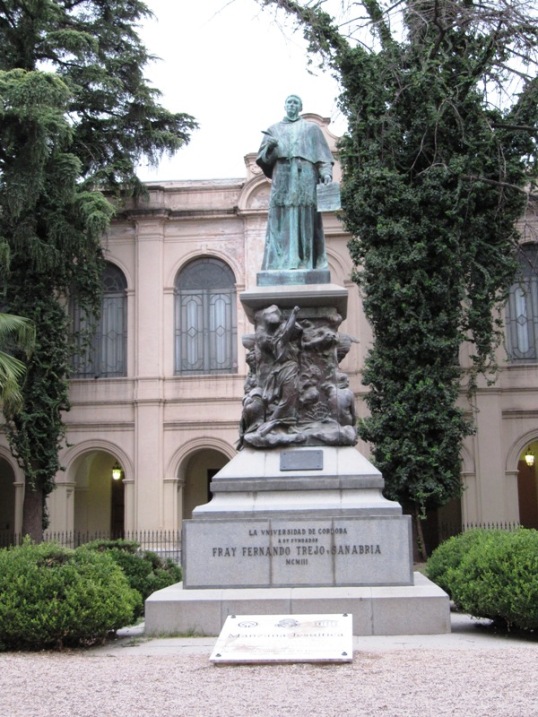My South America Favorites + Returning “Home” (by Carmen)
Our South America trip was better than I could have ever expected. I loved practicing my Spanish, scouting out local cuisine, imbibing lots of caipirinhas and red wine, and observing the mix of old world and new world traditions. One thing I hadn’t quite expected was the jaw dropping natural beauty, from jungles and beaches to arid, bushy plains; from huge cacti growing out of red rocks to stark Andean mountainscapes. It was a collection of unforgettable experiences.
With that in mind, I thought I would get through some FAQs. These generally begin with “what was your favorite…”. So here are a selection of my favorites from my fifteen weeks down south.
Favorite City: Buenos Aires. The city has a special lived in elegance to it. I enjoyed the cafe culture, the pretty parks, and the slightly rough around the edges feel to it. And the Argentinian accent, which uses a lot of soft “j” sounds, was incredibly endearing.
Favorite Town: Cafayate. Good wine, yummy empanadas, an alfajores factory, a spacious main plaza, beautiful scenery and wine flavored ice cream…Cafayate instantly welcomed us.
Favorite Restaurant: Pierinos. I love pasta. This is the third time I’ve mentioned it in this blog but the slow cooked sauces Pierinos slathers on its homemade pasta steal my heart. Other favorite eats include Artemesia‘s mostly vegetarian fare, the fresh salads and smoothies at Market, any buffet in Brazil, and fresh ceviche in Peru.
Favorite Hole in the Wall: Trucha stands on Lake Titicaca in Bolivia. So simple but so good with the fresh caught trout fried to perfection in garlic and oil. El Cuartito served my favorite pizza in Buenos Aires. The lomito sandwich in cordoba wasn’t much to look at but was delicious and big enough for the both of us. And then there was the chicharron sandwich Arequipa. Fried pork with spicy coleslaw is always a winner.
Favorite Sight: Salar de Uyuni and Salkantay Mountain. We saw so many beautiful sights but it is the people you share it with that make it even better. Therefore it’s a tie between the non-stop excitement of the salar de uyuni trip and the first view of Salkantay with old friends from San Francisco. Oh and Iguazu Falls too!
Favorite Drinking Experience: Wine and cheese in Tafí del Valle. We brought a wonderful Malbec from Mendoza, sliced up some local cheese and sat on the porch of the historic villa we stayed at. Heaven. I also loved collecting mini beer steins at the convivial German beer hall Schwarzwald. And the most delicious caipirinhas I tasted were made by a Peruvian at Pepe’s Bar in Foz de Iguazu.
Favorite Live Music: Los Tabaleros performing at the hidden restaurant. The chef and his friends played the show at the secret restaurant my classmate’s roommates hosted. I’m still happy I won the cd! Also enjoyed the classic bossa nova in Ipanema and the parade music at Copacabana’s festival.
Best Place to Go If You’ve Only Got a Couple Weeks: Bolivia. The variety of the sights here is incredible! You can enjoy lush jungles or cold windy mountains. The people are friendly and helpful. They keep the traditional culture alive and well. And, importanly, it’s inexpensive to get around.
All the places we went and sights we saw, and there is still more to see. I was sad to leave South America when there is so much more to explore. On the other hand, adventures in other parts of the world beckoned.
From Peru we returned “home” to California but that’s a tricky word for me. If home is where the heart is, mine is rather split up. Immediate family in Southern California, close friends in San Francisco, extended family in Chicago. And then there’s the part of my heart passionate about travel, which creates an itch to make a home in new places.
So the final and most popular FAQ, “What’s next?” Should we travel for the entire year? You’ll have to read the next post to find out.





















































































































